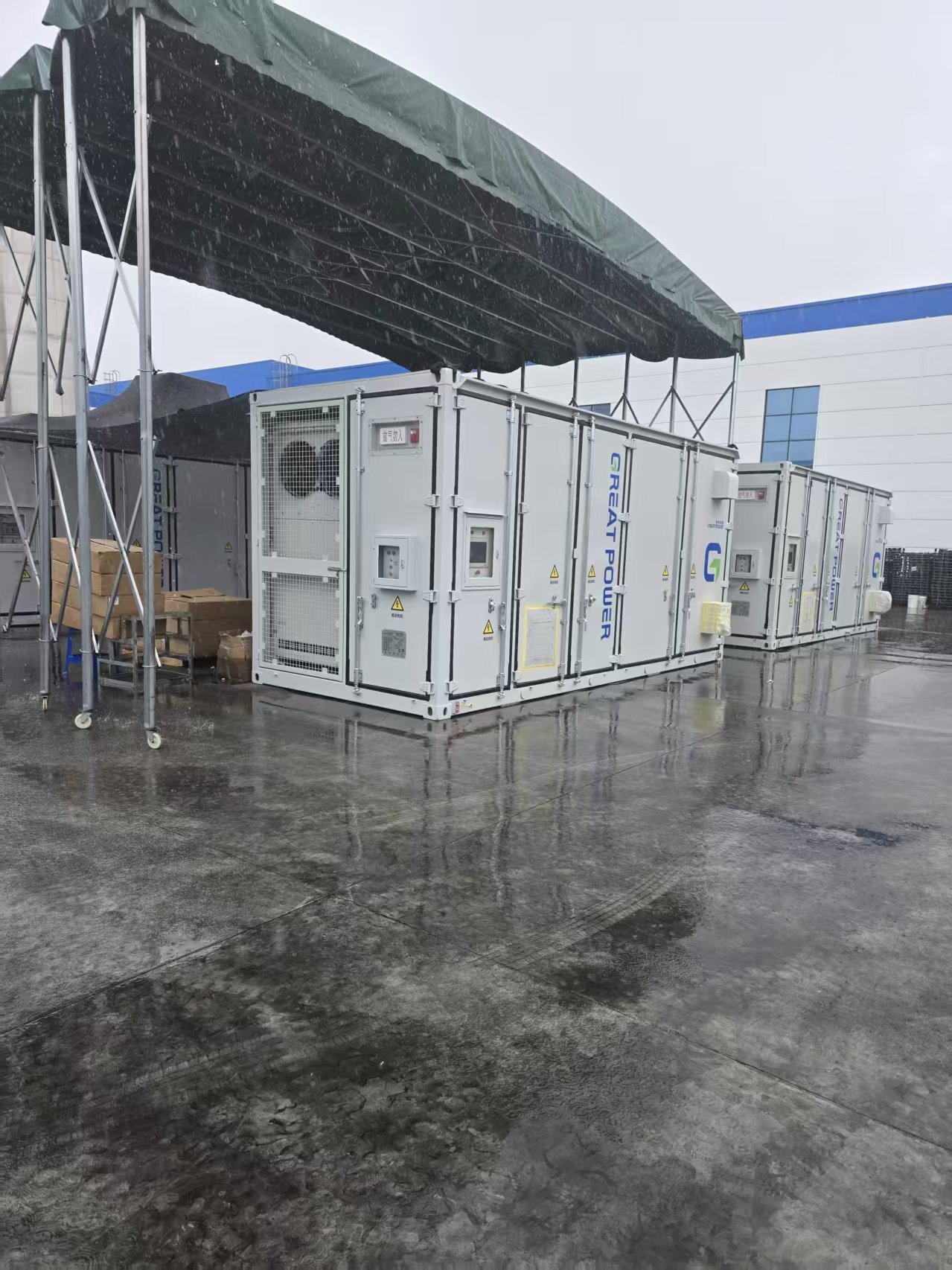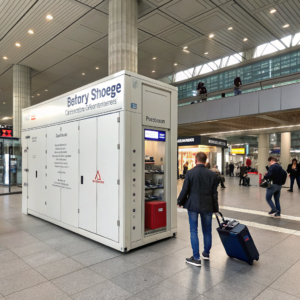Can Solar Panels Still Generate Power in Winter?
•
When temperatures drop below freezing, do solar panels simply stop working? Contrary to popular belief, winter conditions can actually improve certain aspects of solar performance.
Solar panels continue generating power in winter, typically producing 40-60% of summer output, with cold temperatures improving voltage efficiency while shorter days and snow cover reduce total production.
While winter presents unique challenges for solar arrays, modern systems are designed to handle harsh conditions while still delivering meaningful energy production throughout the coldest months.
Cold vs. Low Sunlight: Which Affects Output More?
What impacts winter solar production more - freezing temperatures or the low-hanging winter sun? The answer reveals surprising advantages of cold weather operation.
Cold temperatures actually increase solar panel voltage (by 0.3-0.5% per °C drop), while shorter daylight hours and lower sun angles cause the majority of winter production declines.
Winter Solar Performance Factors
-
Temperature Effects
- Voltage increases in cold (positive)
- Panel efficiency improves 10-25% in freezing temps
- Inverter clipping may occur on bright winter days
-
Sunlight Challenges Factor Impact Mitigation Shorter days -50% daylight hours Add more panels Low sun angle -30% intensity Adjust tilt angle Cloud cover -10-40% output Microinverters -
Regional Variations
- Southwest US: 60-70% of summer output
- Northeast US: 30-50% of summer output
- Mountain regions: 40-60% with snow reflection
"Our Colorado solar array actually produces more power on clear winter days than summer due to cold-boosted voltage and snow reflection" - Solar homeowner testimonial
How Snow Affects Solar Performance in Winter
Does a blanket of snow mean zero solar production? The relationship between snow and solar panels is more nuanced than you might expect.
Light snow dustings often melt quickly from panel warmth, while heavy accumulation can reduce output to zero - though angled panels typically shed snow within 1-3 days naturally.
Snow Impact and Management
-
Snow Behavior on Panels
- 1-2" snow: 80-90% production loss
- 3"+ snow: 100% production loss
- Dark cells melt snow faster than surrounding roof
-
Snow Removal Guidelines Method Effectiveness Risks Natural shedding 70% cases None Roof rake 90% effective Panel damage Professional service 100% High cost -
Design Solutions
- 35-45° tilt angles for better snow shedding
- Panel-level microinverters (unaffected panels keep working)
- Dark-colored racking to accelerate melting
Safety Note: Never climb onto a snowy roof to clean panels - the energy gain isn't worth the risk of injury.
How to Compensate for Winter Energy Loss Through System Optimization
Can you design a solar array that performs well year-round? Smart system design and component selection can dramatically improve winter productivity.
Increasing system size by 20-30%, using bifacial panels, optimizing tilt angles, and selecting cold-weather inverters can compensate for most winter production declines.
Winter Optimization Strategies
-
System Sizing Approach
- Size for winter needs (larger system)
- Size for annual net metering (smaller system)
- Hybrid approach with 110-120% offset
-
Component Selection Component Winter Benefit Bifacial panels +10-20% snow reflection gain DC optimizers Better low-light performance Cold-weather inverters Operate below -13°F -
Installation Techniques
- Steeper winter-optimized tilt angles
- Higher mounting for snow clearance
- East-west split arrays for all-day production
Financial Tip: The 30% federal tax credit applies to winter optimization upgrades, improving payback periods.
Conclusion
While solar panels produce less in winter due to shorter days and snow, proper system design and cold-weather advantages still allow for meaningful energy generation all season long.







